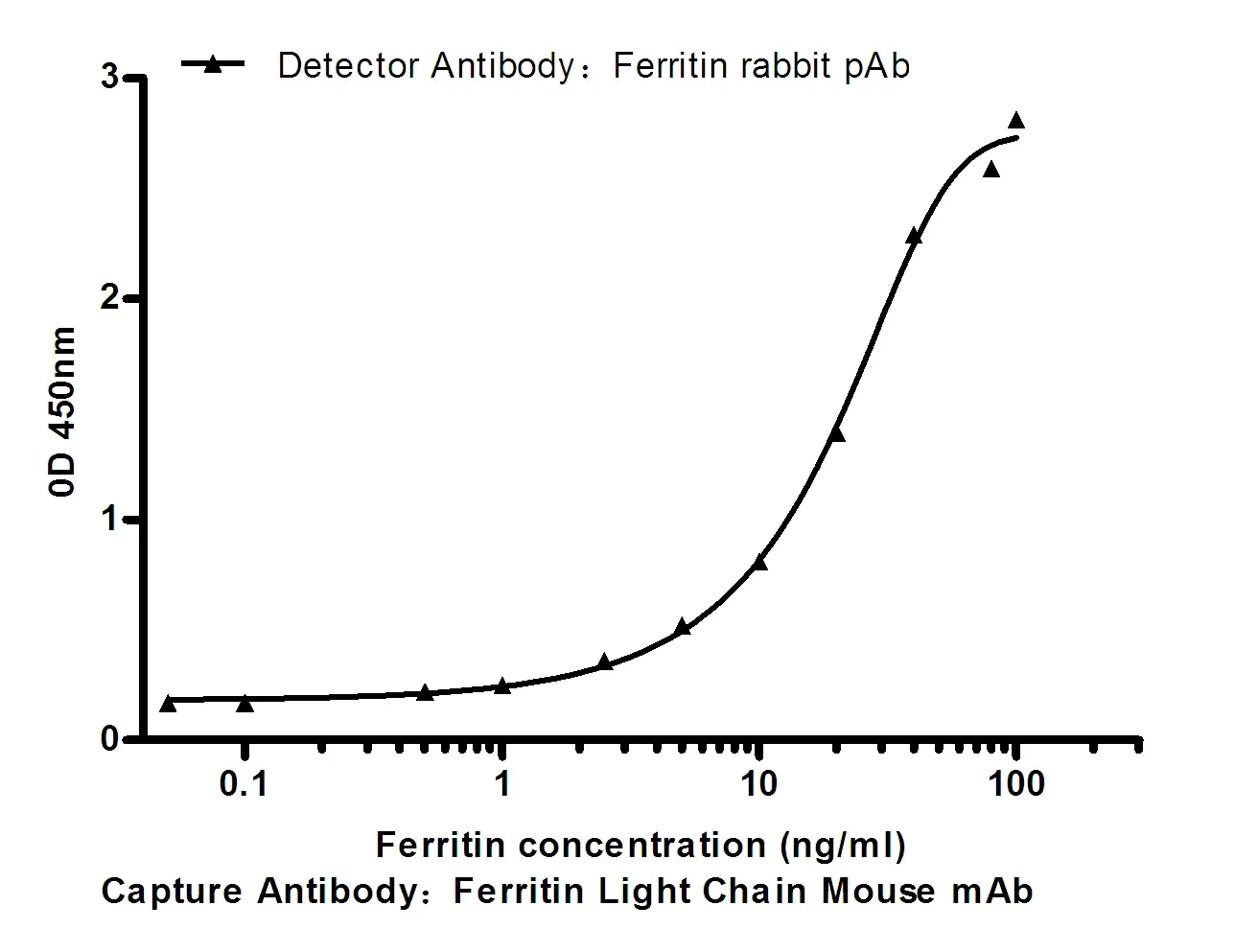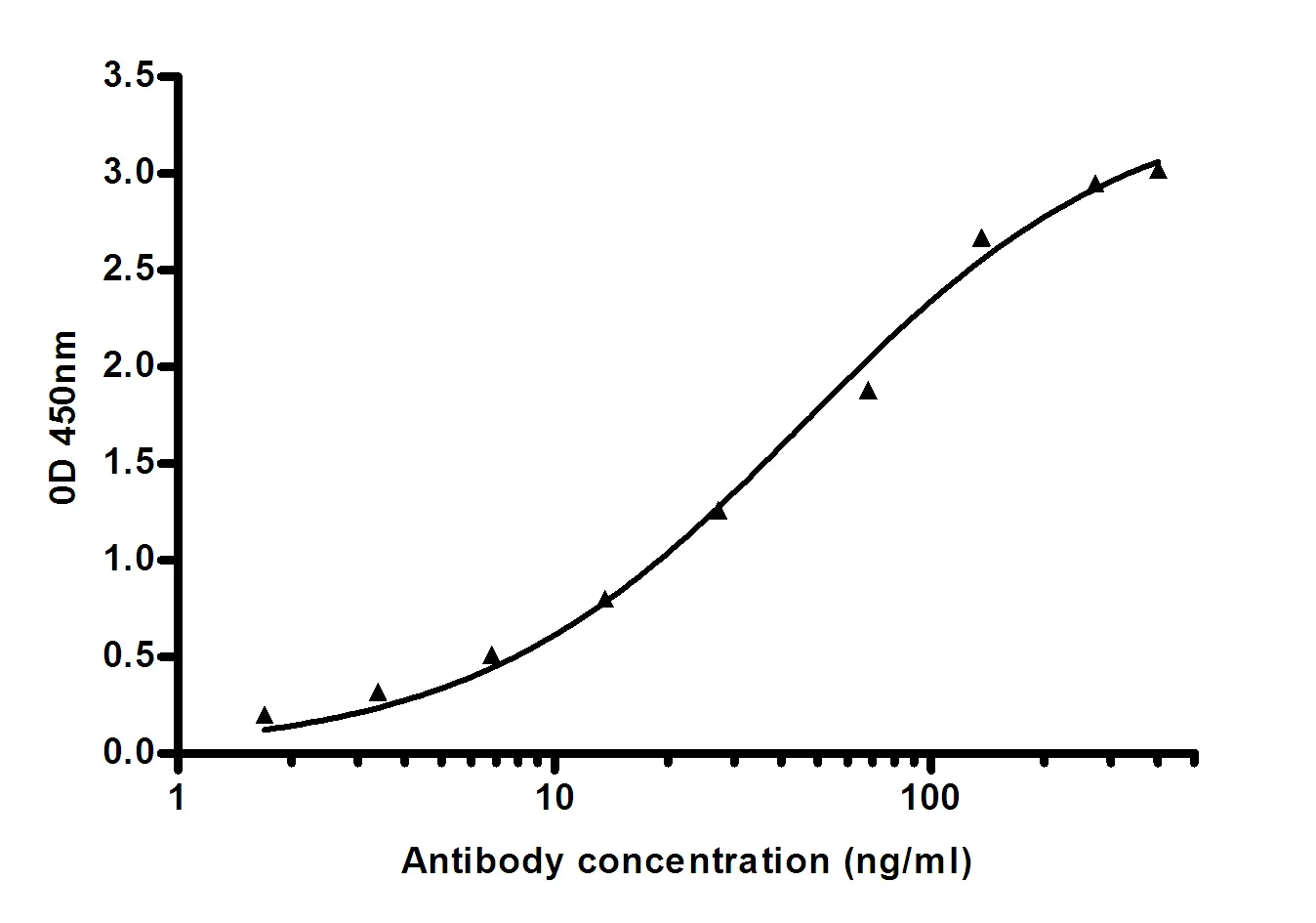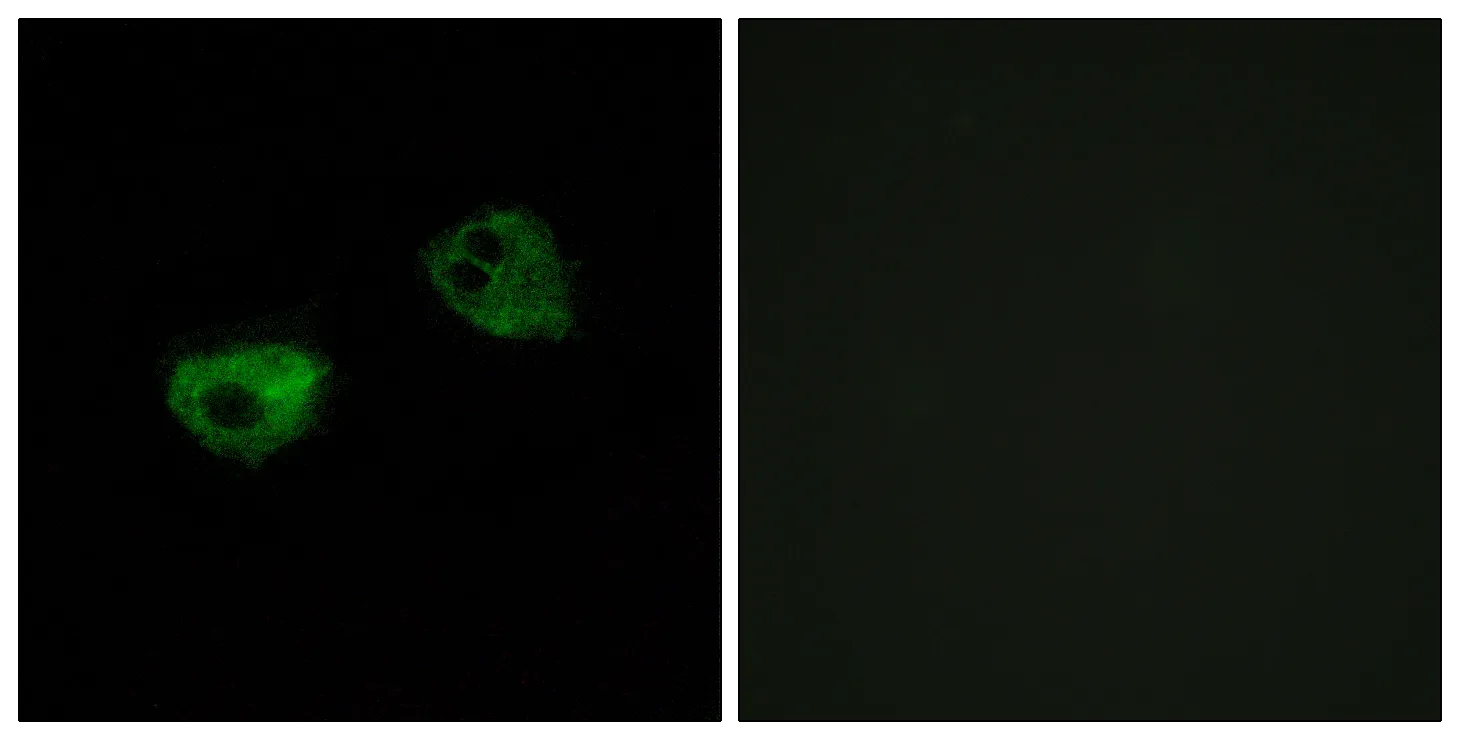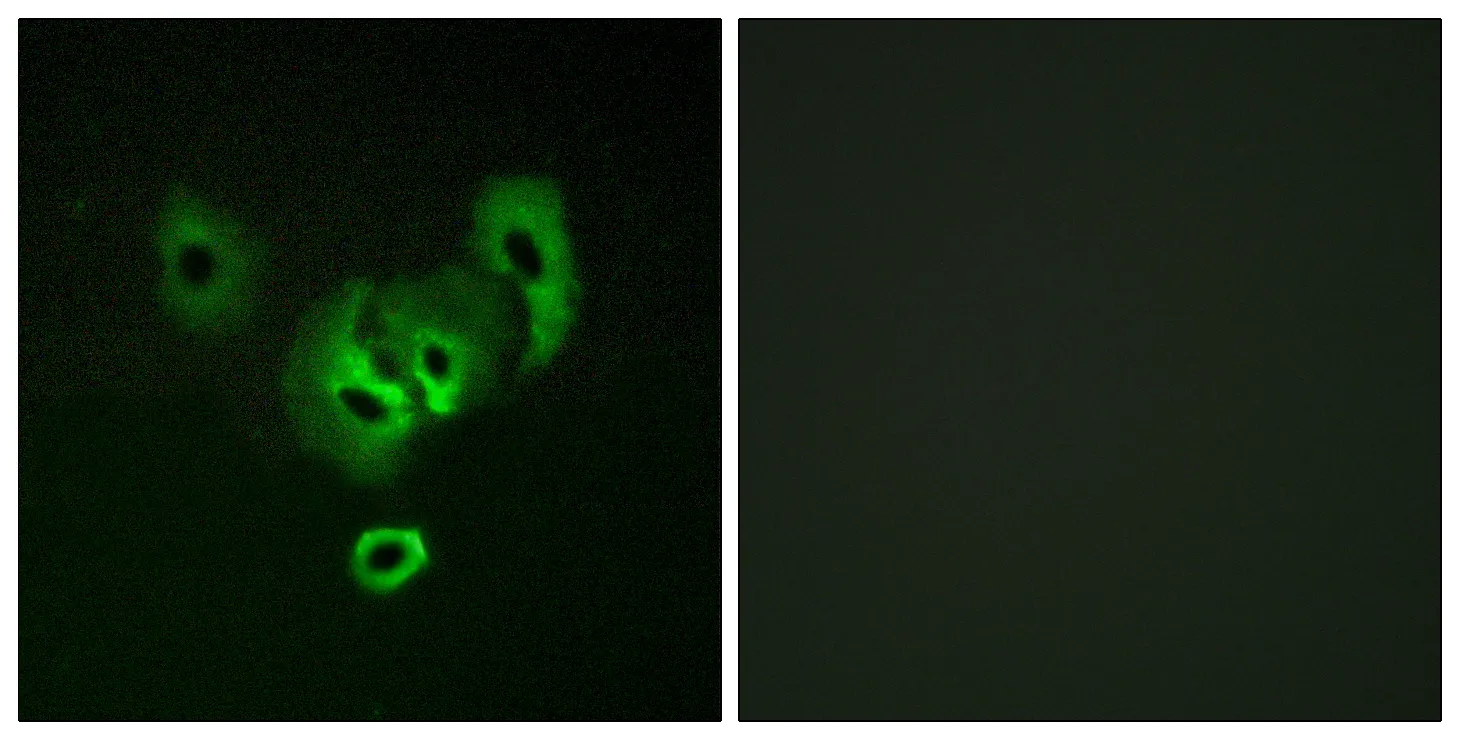Summary
Performance
Immunogen
Application
Background
catalytic activity:R-CHOH-R' + NADP(+) = R-CO-R' + NADPH.,function:Reduces all-trans-retinal and 9-cis retinal. Can also catalyze the oxidation of all-trans-retinol with NADP as co-factor, but with much lower efficiency. Reduces alkyl phenyl ketones and alpha-dicarbonyl compounds with aromatic rings, such as pyrimidine-4-aldehyde, 3-benzoylpyridine, 4-benzoylpyridine, menadione and 4-hexanoylpyridine. Has no activity towards aliphatic aldehydes and ketones.,miscellaneous:Inhibited by kaempferol, quercetin, genistein and myristic acid.,similarity:Belongs to the short-chain dehydrogenases/reductases (SDR) family.,subcellular location:Isoform 1 is peroxisomal, while isoform 4 is not.,subunit:Homotetramer.,tissue specificity:Isoform 1 is predominantly expressed in normal cervix (at protein level). Isoform 4 is expressed in some neoplastic cervical tissues, but not in normal cervix (at protein level). Isoforms 5 and 6 are expressed in a few neoplastic cervical tissues.,catalytic activity:R-CHOH-R' + NADP(+) = R-CO-R' + NADPH.,function:Reduces all-trans-retinal and 9-cis retinal. Can also catalyze the oxidation of all-trans-retinol with NADP as co-factor, but with much lower efficiency. Reduces alkyl phenyl ketones and alpha-dicarbonyl compounds with aromatic rings, such as pyrimidine-4-aldehyde, 3-benzoylpyridine, 4-benzoylpyridine, menadione and 4-hexanoylpyridine. Has no activity towards aliphatic aldehydes and ketones.,miscellaneous:Inhibited by kaempferol, quercetin, genistein and myristic acid.,similarity:Belongs to the short-chain dehydrogenases/reductases (SDR) family.,subcellular location:Isoform 1 is peroxisomal, while isoform 4 is not.,subunit:Homotetramer.,tissue specificity:Isoform 1 is predominantly expressed in normal cervix (at protein level). Isoform 4 is expressed in some neoplastic cervical tissues, but not in normal cervix (at protein level). Isoforms 5 and 6 are expressed in a few neoplastic cervical tissues.,
Research Area
Retinol metabolism;




